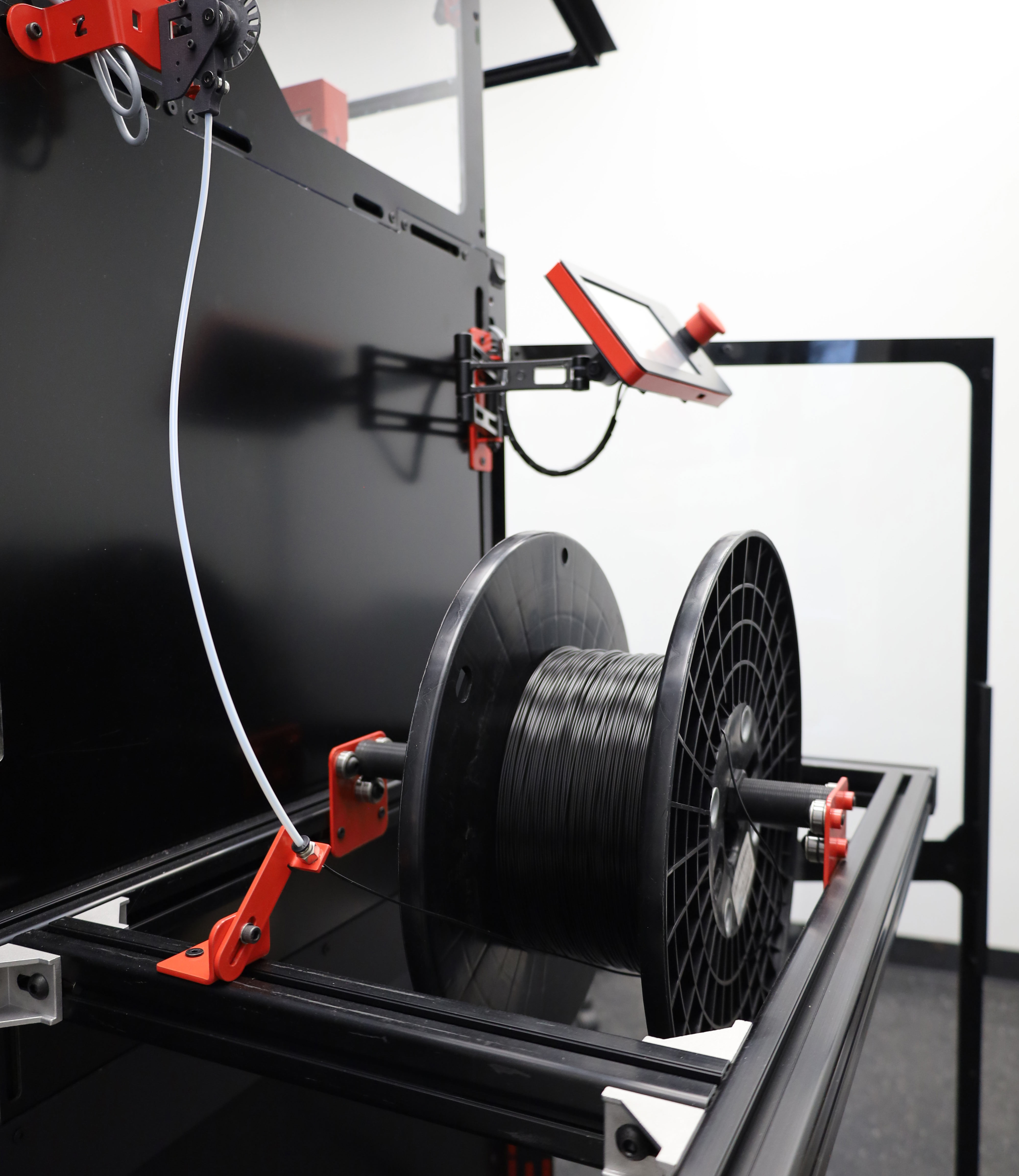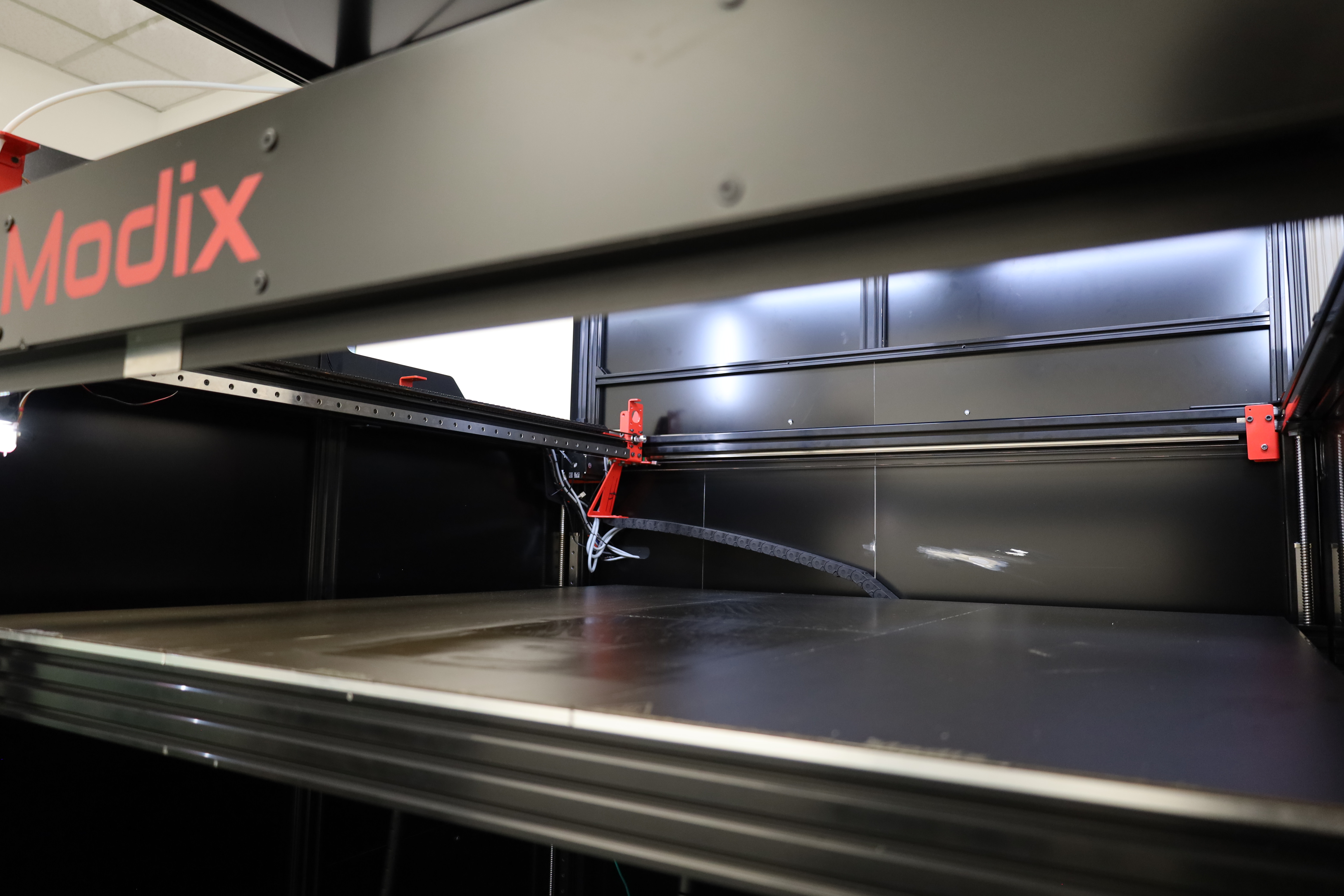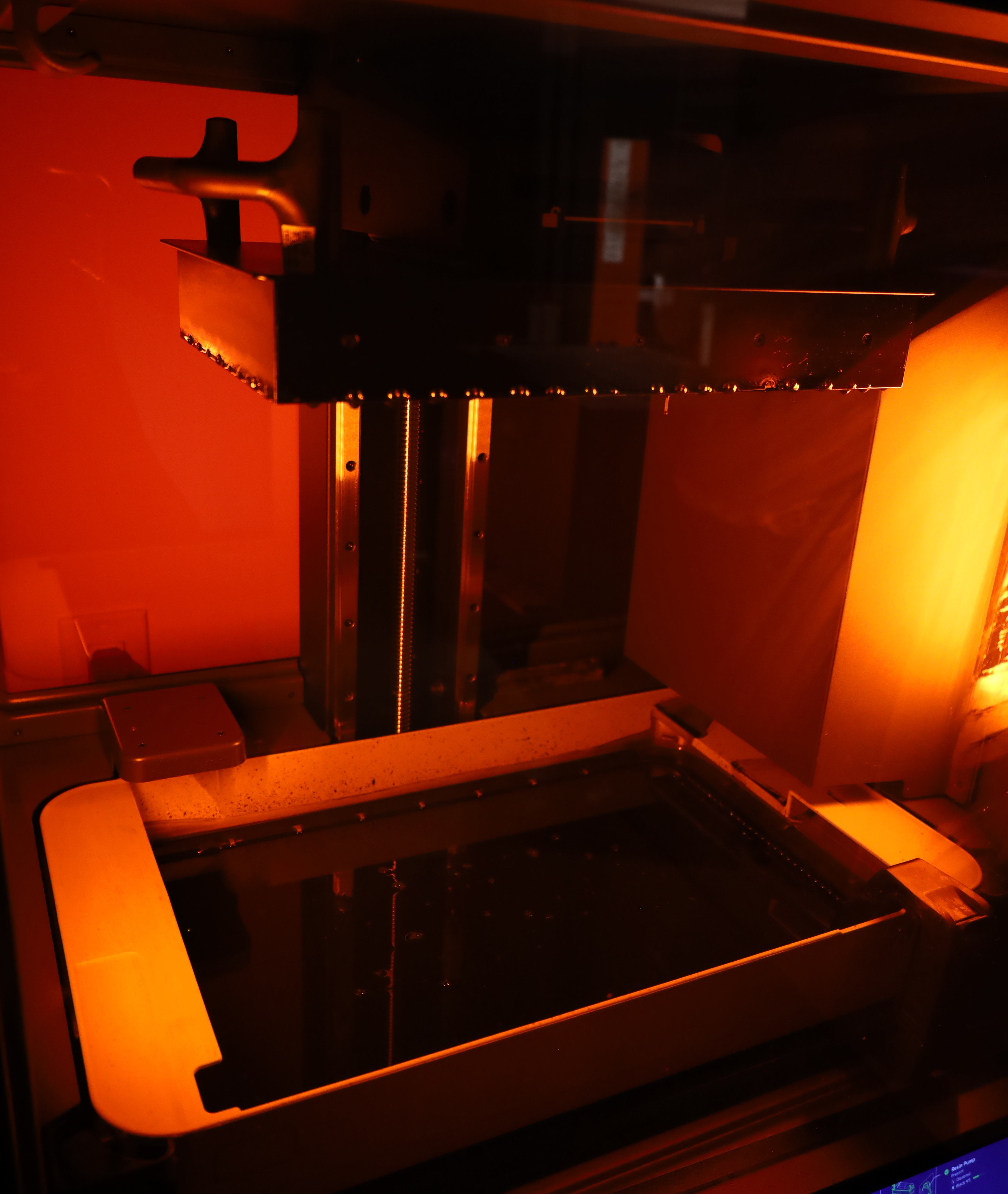3D Printing
3D Printing | Advanced Additive Manufacturing for High-Performance Applications
Functional Prototyping & End-Use Parts with Cutting-Edge 3D Printing
At Pfaff Technologies, we leverage industrial 3D printing technologies to produce functional prototypes, tooling, and end-use components with unmatched speed and precision. Our advanced SLA, SLS, FDM, and metal additive manufacturing capabilities allow for complex geometries and lightweight structures without compromising strength.
Our 3D Printing Capabilities:
✔ High-Performance Prototyping – Real-world testing before full-scale production
✔ Carbon Fiber-Reinforced Prints – Strength & weight savings
✔ Custom Tooling & Jigs – Optimized for manufacturing efficiency
✔ Metal 3D Printing – High-strength, lightweight aerospace and automotive parts
Use our instant quote tool below and start your 3D print project today!
Ready to Elevate Your Project with Pfaff Technologies?
From cutting-edge composites to precision design, we deliver world-class solutions for automotive, aerospace, marine, and defense industries. Let’s discuss how we can bring innovation, performance, and efficiency to your next project.










